Windows is a rather easy-to-use operating system with relatively few bugs that the everyday user will encounter. However, it does run into problems from time to time, which might require some technical troubleshooting.
In this article, we’re talking about the “error opening file for writing” issue on Windows, the reasons behind it, and what you can do to fix the problem.
What causes the “error opening file for writing” issue in Windows?
Generally speaking, such errors arise from incomplete or corrupted downloads where the file isn’t fully downloaded or has some parts missing and can’t be executed properly. Common causes include the following:
- Corrupt or incomplete downloads.
- The installer requires administrative privileges.
- Compatibility issues.
- Missing user permissions.
Also read: Fix: Can’t remove Bluetooth device in Windows 11
How to fix the “error opening file for writing” issue in Windows?
Here are nine fixes you can try out.
Run program as admin
As mentioned, the error can be triggered if you try to run a program without proper permissions. Try running the program as an admin to see if that resolves your problem.
Step 1: Right-click on the executable file or shortcut icon of the program you’re trying to run.
Step 2: Select the Run as administrator option from the context menu.
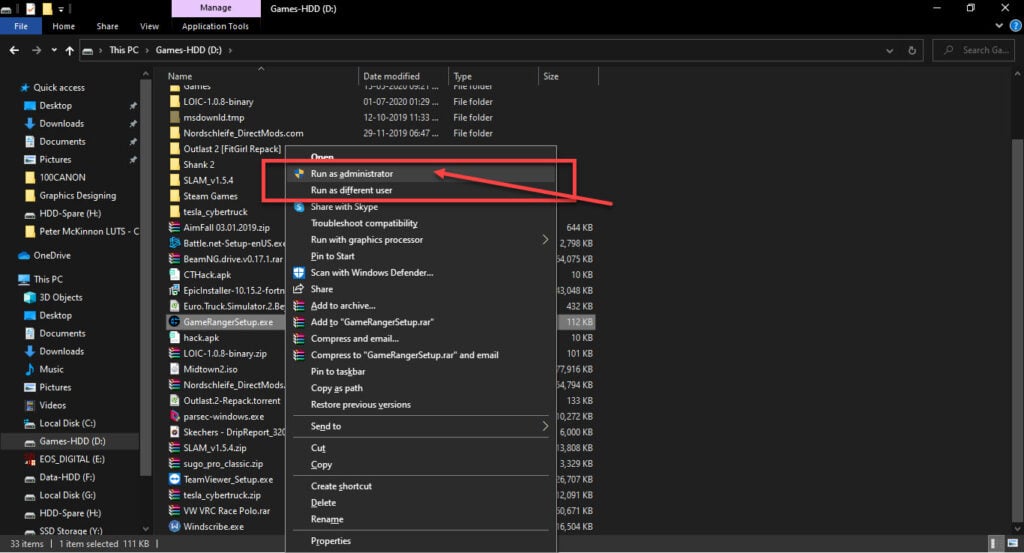
Use the Windows administrator account
Program permission issues can also be resolved using the built-in Windows administrator account. When using this hidden account, all programs and installers run with the highest permissions available, resolving access issues.
You can check out how to log in as an administrator in Windows here
Change installation directory
Sometimes, a partition you might be trying to install the program on could face access issues. In such cases, a simple solution is to change the installation directory to another drive or partition to see if that helps resolve the issue.
Disable antivirus
Overly aggressive third-party antivirus or antimalware programs can sometimes cause problems. In such cases, try temporarily disabling your antivirus to see if that makes a change.
Check out our detailed guide on how to disable antivirus in Windows here
Also read: How to fix Page_Fault_In_Nonpaged_Area error?
Change ownership of the File/Folder
If you’re not the owner of a particular file or folder on your computer, you might be unable to execute it properly. Here’s how you can change the ownership of files or folders on your PC.
Step 1: Right-click on the program you want to run and choose Properties.
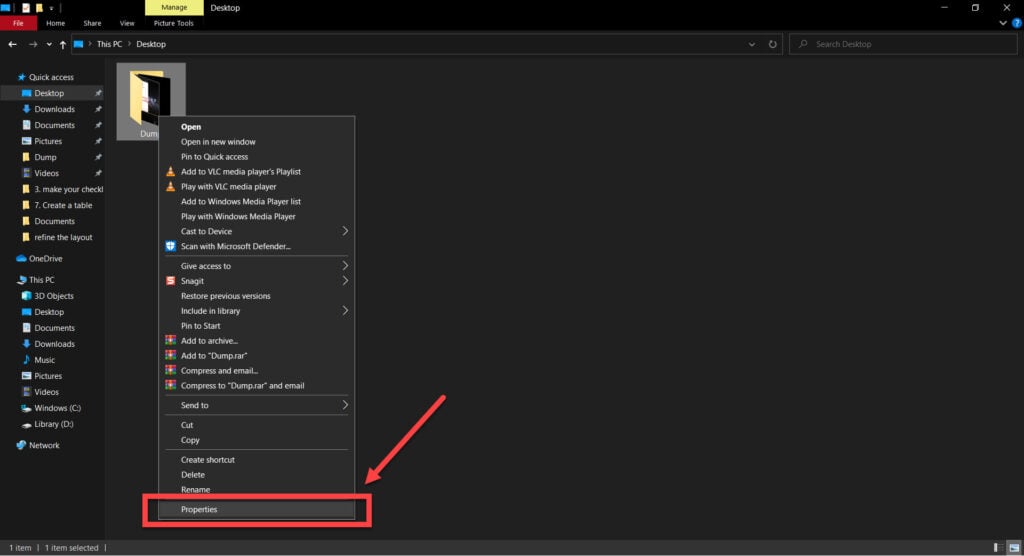
Step 2: Under the Security tab, click on Advanced.
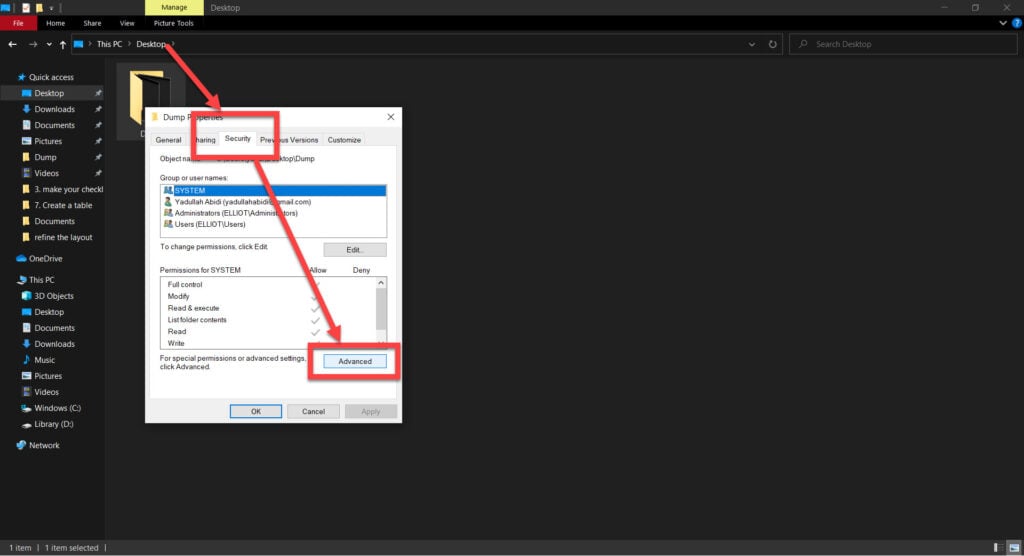
Step 3: Click on Change in front of the current Owner.

Step 4: Enter the username of the account you want to make the owner of the program executable. Use the Check Names button to ensure you’re using the right username. Click OK when done.
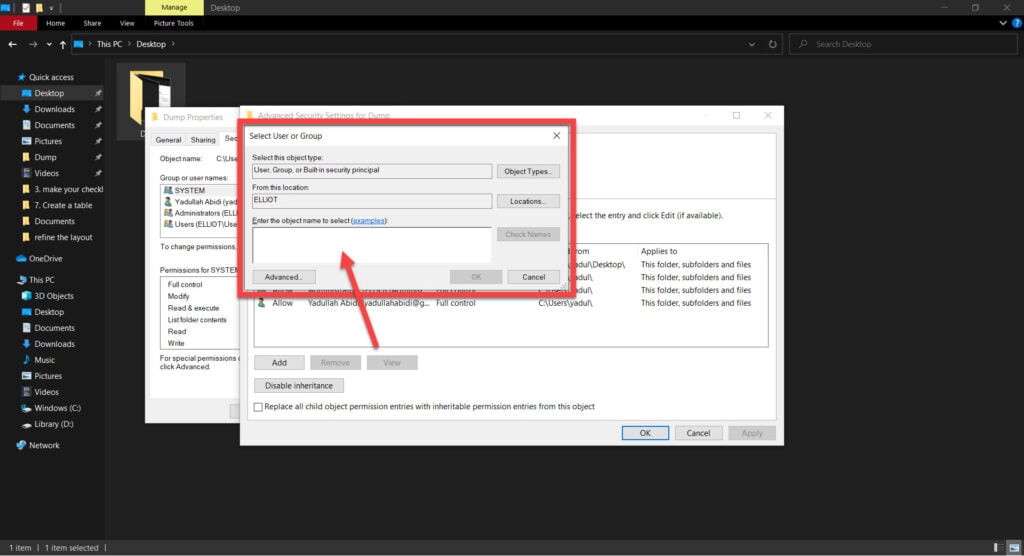
Step 5: Ensure you have all the required permissions for the program. If you don’t, use the Edit… button to modify said permissions.

Try running the program again now.
Run the program in compatibility mode
Sometimes a Windows update can cause conflicts with games or programs on your PC. Try running the program in compatibility mode to check if that resolves the issue.
Step 1: Press the Windows key and search for the program causing problems. Click on Open file location.

Step 2: Right-click on the program icon and click Properties.
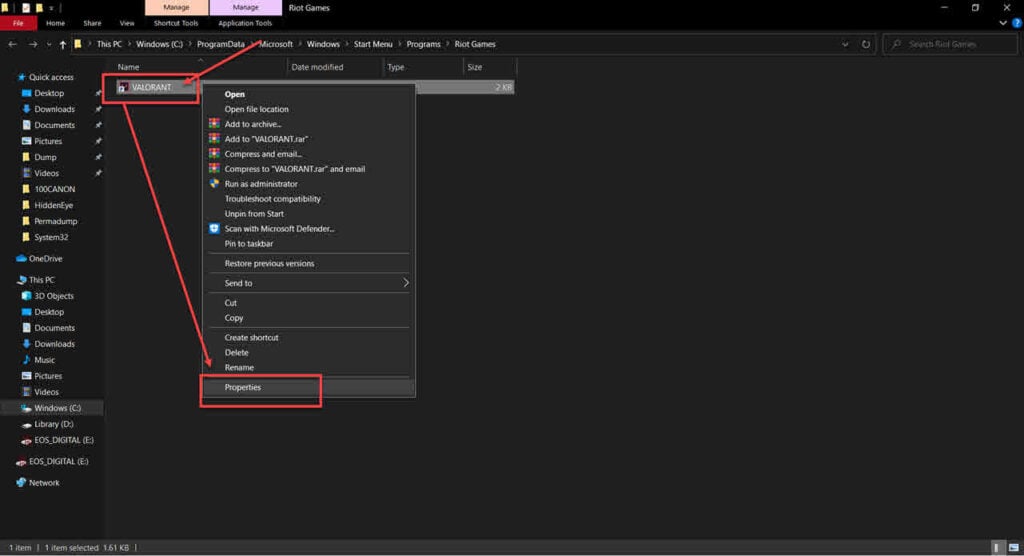
Step 3: Head over to the Compatibility tab and check the Run this program in compatibility mode for option.
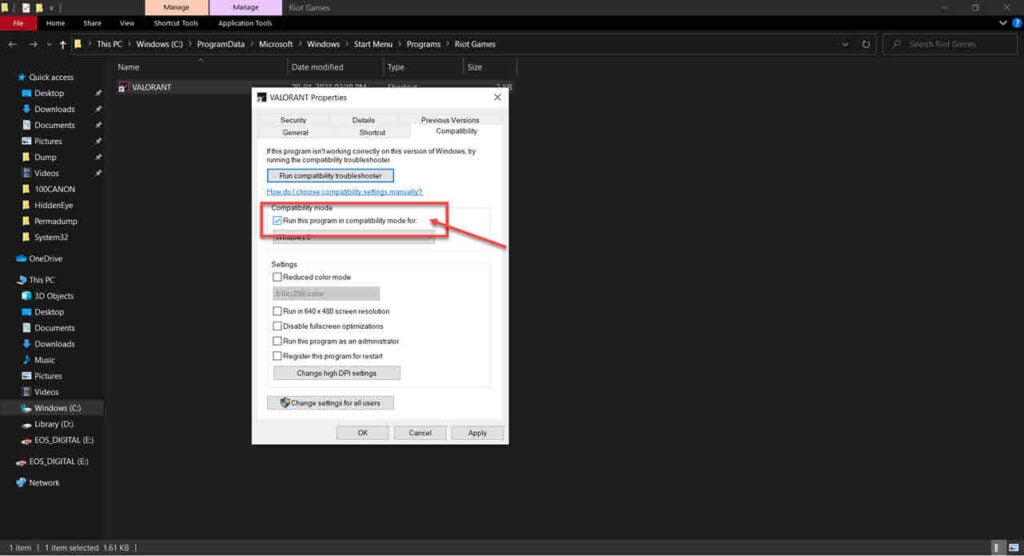
Step 4: If you’re using Windows 11, select Windows 10 from the dropdown. Similarly, if you’re using Windows 8, set the dropdown to Windows 7.
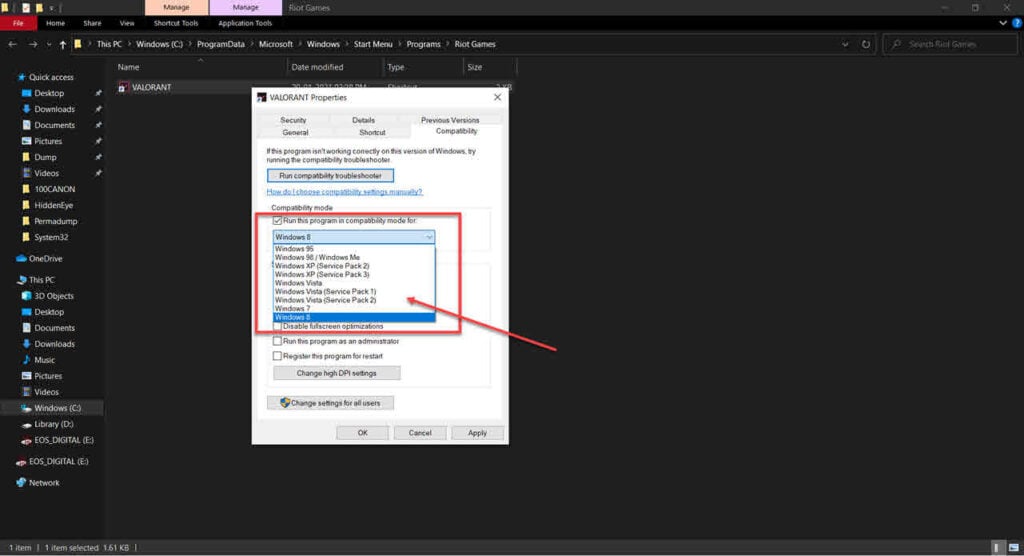
Restart your PC and try launching the program again.
Also read: How to fix the Easy anti-cheat not installed error?
Disable controlled folder access
Windows 11 has a feature called controlled folder access that can prevent certain files from executing to prevent ransomware from taking over your PC. Sometimes, this feature can prevent legitimate programs from running as well. Try disabling it to see if the program runs fine.
Step 1: Press the Windows key and search for Controlled folder access. Click the corresponding search result.

Step 2: Make sure that the Controlled folder access feature is disabled.

Now, try running your program again.
Clear Windows cache
A corrupt system cache can cause many headaches, including preventing programs and installers from running at times. If you’re facing problems running a program for seemingly no reason, it’s a good idea to clear out the Windows cache and try again.
Check out our article on how to run disk cleanup on Windows here.
Change UAC settings
Another thing that you can try is to change the UAC settings to allow all programs to run without notification. While we don’t recommend doing so or only doing it temporarily, this can fix the issue.
Step 1: Press the Windows key + R to open the Run prompt. Type UserAccountControlSettings and press enter.

Step 2: Drag the slider to the Never notify option and click OK.

Now, try installing the program again.
Also read: How to restart a Windows 11 laptop with the keyboard?






